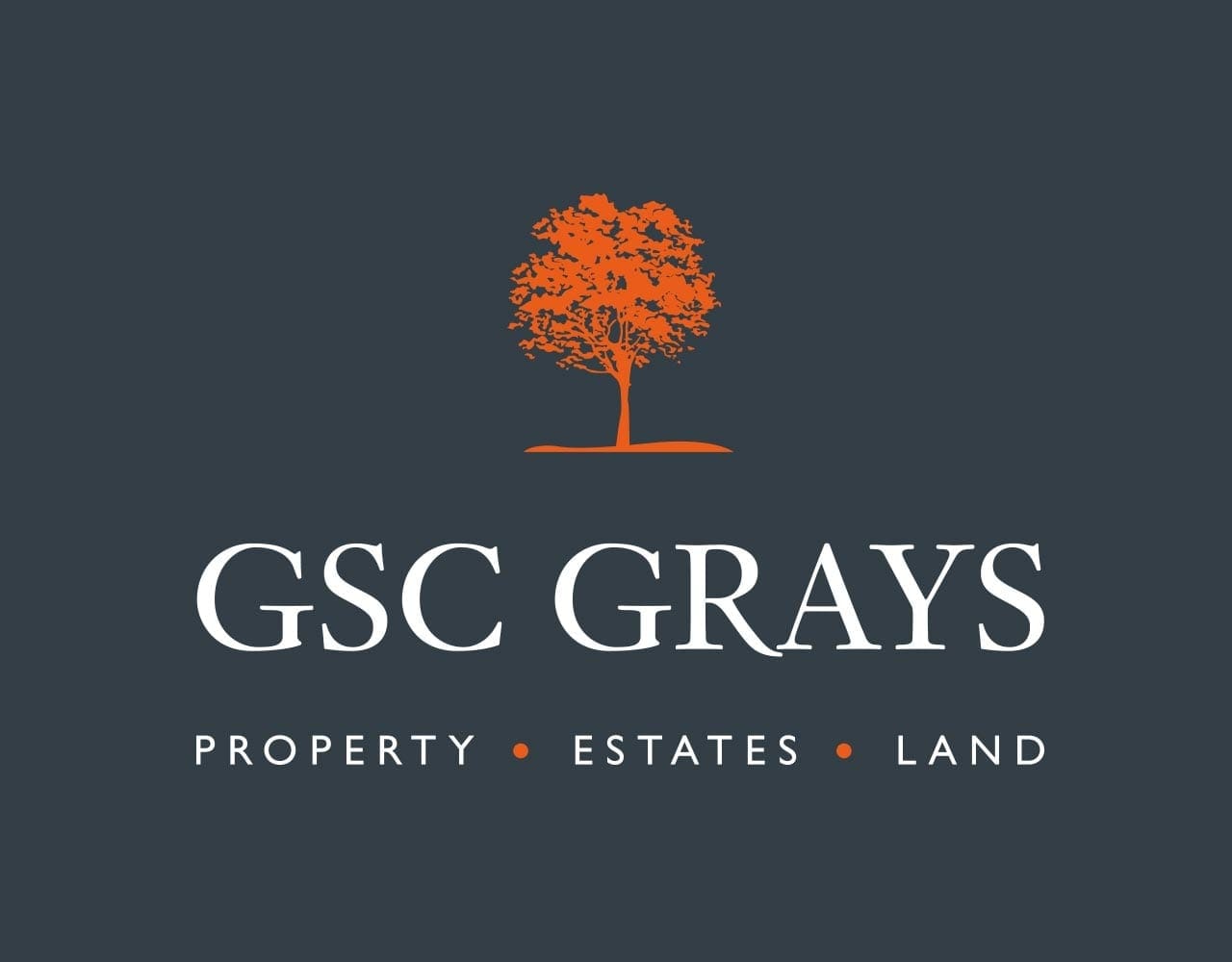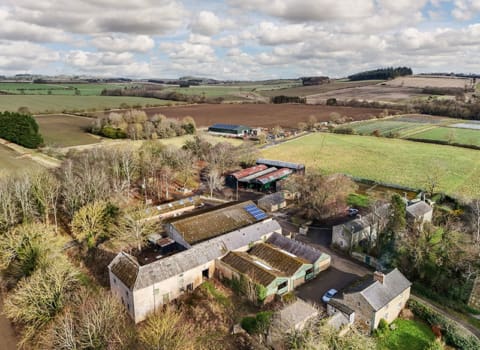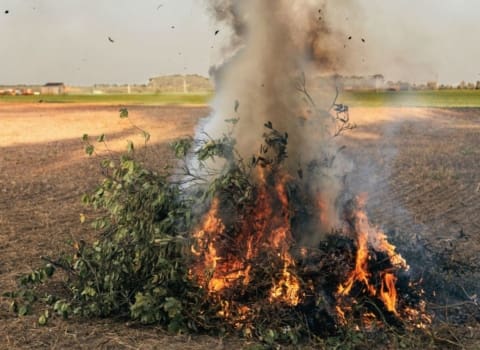Contact our offices
Main office
COLBURN
5 & 6 BAILEY COURT
COLBURN BUSINESS PARK
RICHMOND
NORTH YORKSHIRE
DL9 4QL
Estate Agency Offices are located in
BARNARD CASTLE, BOROUGHBRIDGE & RICHMOND
Residential Management Team
Our Offices
- Alnwick
01665 568310
Email Officealnwick@gscgrays.co.uk - Barnard Castle
01833 637000
Email Officebarnardcastle@gscgrays.co.uk - Boroughbridge
01423 590500
Email Officeboroughbridge@gscgrays.co.uk - Chester-Le-Street
0191 3039540
Email Officechester-le-street@gscgrays.co.uk - Colburn
01748 897630
Email Officecolburn@gscgrays.co.uk - Driffield
01377 337180
Email Officedriffield@gscgrays.co.uk - Hamsterley
01388 487000
Email Officehamsterley@gscgrays.co.uk - Hexham
01434 611565
Email Officehexham@gscgrays.co.uk - Kirkby Lonsdale
01524 880320
Email Officekirkbylonsdale@gscgrays.co.uk - Penrith
01768 597005
Email Officepenrith@gscgrays.co.uk

Varieties Are The Spice of Life! If you are a cereal grower……
It’s that time of year again when growers & their agronomists think forward to what varieties to sow next season. Many will have visited a handful of variety trials over June to compare which breeder/distributor provides the best hog roast sandwiches, and may even have had a chance to look at how cereal varieties have performed against each other whilst there.
GSC Grays were delighted to once again have a stand at NIAB TAG’s flagship trials event in the North at Croft Farms on the 28th June. Ben Rogerson, farm consultant and independent agronomist at GSC Grays’ Alnwick office, summarises some of the winter wheat varieties on display that growers will be considering this year. Treated Yield scores are in brackets.
Group 1 – breadmaking varieties with consistent milling & baking performance. Attract a premium if specified quality requirements are met.
KWS Zyatt (102)
For those growing for milling premiums, Zyatt will continue to be popular. First listed last year, it is the highest yielding Group 1 wheat, is very good in the 2nd wheat slot and has one of the best untreated yields on the AHDB recommended list. It is an early variety so is often grown when the intention is to follow it with Oilseed Rape.
Skyfall (100)
Skyfall is grown by many in this region because of yield rather than for its quality. Will continue to be popular, with good overall disease resistance, although is becoming more susceptible to yellow rust.
Group 2 – varieties with milling potential but because of their inherent inconsistency or specific characteristics are not suited to all grists. Premiums are variable depending on variety and end use.
KWS Siskin (103)
A variety with milling potential, good treated & untreated yields and good disease resistance scores but lodging has been observed and straw strength possibly its downfall. Advice is to sow later for good straw management.
KWS Lili (102)
Whereas Siskin benefits from being sown later, Lili fits much better into an early drilling situation. Potential for milling, although the high yield produces a lower grain protein, so you may need to apply plenty of N fertiliser in order to achieve these premiums. Short straw so suits heavy land but good on light land as well.
Group 3 – soft grained varieties for biscuit, cake and other flours where main requirements is for sof milling characteristics, low protein, good extraction rates and extensible, but not elastic, gluten.
KWS Barrel (103)
A high yielding variety which has performed especially well in the North (107). Tillers well, with short & stiff straw & good yellow rust scores. However Septoria resistance is low, as is untreated yield, so growers will need to implement a robust fungicide programme to deliver on its yield potential.
Elicit (103)
Elicit is new to the recommended list this year. Preferable over Barrel as although it is a few percentage points lower on yield in the North (but still a respectable 104), the untreated yield is much higher, as is Septoria resistance. No real downsides and should work well for Group 3 growers who are looking to reduce fungicide spend or are after a less risky variety than Barrel.
Group 4 – varieties grown mainly as feed wheats. Some may be used by millers in certain ‘general purpose’ grists if they achieve the contractual standards but are unlikely to attract a premium. Some varieties may be suitable for export. Group 4 varieties are subdivided into hard endosperm and soft endosperm types and care should be taken to avoid mixing them.
G4 – Soft
LG Motown (102)
With one of the highest untreated yields on the recommended list and very early maturity, Motown is an interesting variety. Its downfall is risk of lodging. Good on light soils and in the 2nd wheat slot.
KWS Jackal (104)
New to the recommended list this year and has a high yield potential for the North, based on limited data. Good yellow rust and mildew resistance, although Septoria scores are poorer.
G4 – Hard
RGT Gravity (106)
The variety that caught most attention at trial sites this year, RGT Gravity is new this year and has the highest overall yield on the recommended list and even higher in the North (108 – based on limited data). It has a high tillering capacity & high biomass, similar to Santiago. This high biomass will create a microclimate within the crop so its perhaps unsurprising that mildew scores are a weakness. Septoria scores are nothing flash either so a robust fungicide programme will be needed but for those looking for a high input, high output variety RGT Gravity is one to look at.
Gleam (105)
Another new variety for 2018, Gleam looks very useful. High yielding with good all-round disease scores, and very good untreated yield too. The breeder, Syngenta, say its flexibility is a key attribute as performs well in both early and late drilling slots. With good standing ability, decent spec weights and early maturity it ticks a lot of boxes and should be a popular choice.
Shabras (104)
First listed last year, Shabras is a high yielding variety and has good all-round disease scores, except for brown rust – although this is less of an issue to growers in the North. Works very well as a 2nd wheat.
Graham (103)
Very good disease resistance (except for eyespot), and early to mature, Graham will continue to be a popular choice this year. High untreated yields suit risk adverse growers or those where spray timings could be compromised due to reliance on contractors. We’d recommend it is grown as a 1st wheat only.
Costello (101)
A good insurance variety popular with growers and for good reason. Superb grain quality with the highest spec weight on the recommended list and good Hagberg rating too. Don’t drill too early.
If you would like to find out more about GSC Grays’ independent agronomy services please contact:









